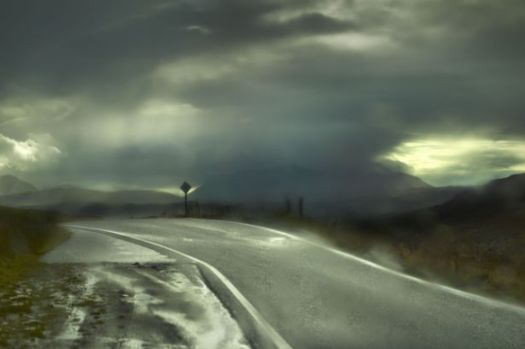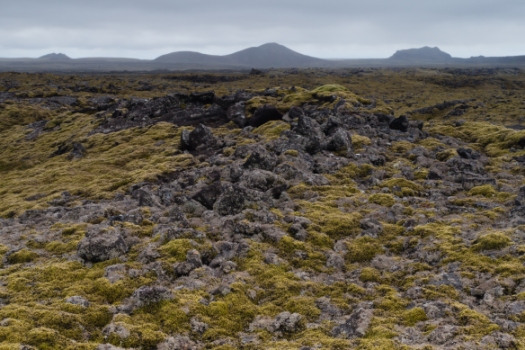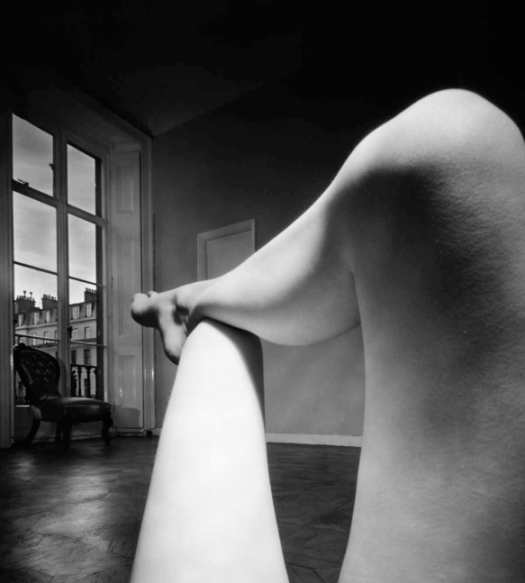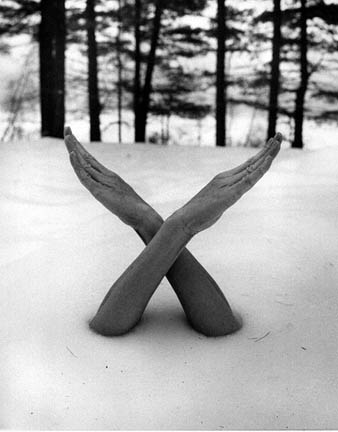I was poking around on the Phase One website recently (more about that in an upcoming post) when I came across a pair of videos (here and here) of Albert Watson working with a Phase One camera system to make landscape images. I felt as though I knew the name but it wasn’t until video 2 that it dawned on me from where. Albert Watson, as I’m sure you’re well aware, is perhaps best know for his fashion and celebrity portraiture. The photograph that kicked his career into high gear was of Alfred Hitchcock holding a plucked goose and the photograph that I was most familiar with was the photograph of Steve Jobs. It was surprising then for me to see this icon of celebrity portraiture out in the wilds of Scotland taking landscape photographs and a reminder of how important it is to sustain a long a fruitful career to find the things that are out of your everyday, that energize and push you and make the time for these things.
I also found an additional documentary that features Albert Watson’s landscape work that was shown on BBC4. I must admit to scratching my head a little about that one – I can remember when there were only 3 tv channels in the UK and BBC2 was a little out there. The documentary has lots of take aways including: “Always have two assistants, that way if one falls off the mountain you have a spare” more seriously was his way of having a series of words that he uses as an intellectual framework for what he’s trying to achieve with the project. Something that we all can use right now. Check out the documentary below:









